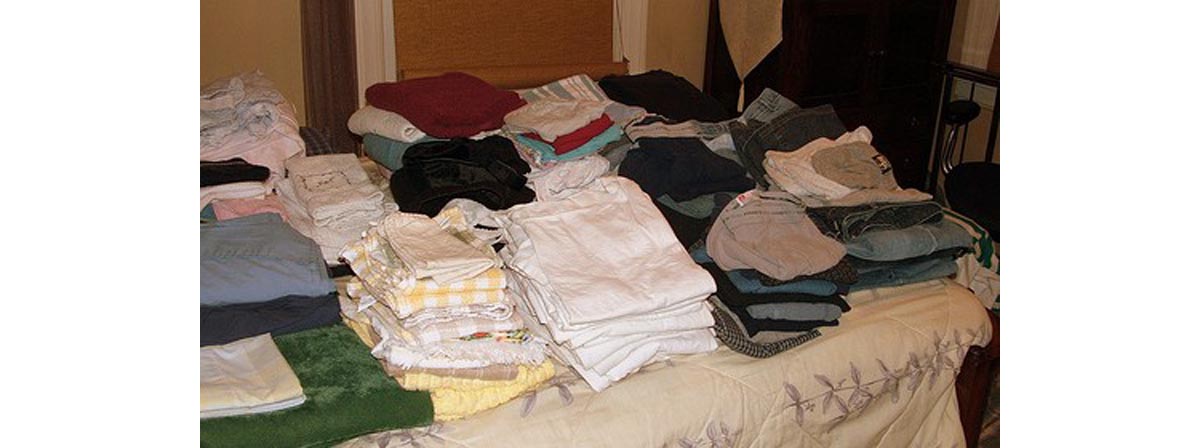Table of Contents
The gentle washing techniques that we apply nowadays churn out visibly ‘clean’ laundry but it is actually full of germs, allergens, and infectious bacteria. Read on to find out if your laundry cycle can make you sick.
The best way to break a sick laundry cycle is to wash clothes in bleach and hot water. However, this is not the best alternative, especially for intimate wear and colored clothing. By following the tips suggested below, you will not only be able to break the sick laundry cycle, but will also ensure that you and your family are less susceptible to germs, skin rashes, and allergy attacks.

Listed below are some tips that can be adopted to reduce the growth and spread of infectious bacteria:
- Empty the washer as soon as the laundry is done: Bacteria thrive in wet, moist places. Therefore, make it a habit to take out the clothes from the washing machine within 30 minutes of the completed cycle. If the clothes have been left in the washer for an hour, it is best advised to rewash them. It is ideal to wash clothes in warm water which kills germs. You should also make a deliberate effort not to overload the washer so that the detergent can penetrate the fabric of all the clothes. You must also wash your hands after removing wet clothes. The dryer’s heat should kill most of the remaining germs.
- Wash undergarments separately: Fecal matter from undergarments is supposed to be the primary source of bacteria in a washer. Undergarments should therefore be washed in a separate cycle with hot water and color-safe bleach. You must also try to run an empty cycle in the washing machine using just bleach. This will help in washing away any bacteria that might be thriving on the inner walls of the washing machine.
- Wash your bedding in hot water: Beddings, sheets, and pillows have the maximum number of dust mites which are responsible for causing allergies. It is recommended that you wash your bedding at least once a week in hot water at a minimum of 130º F. Merely washing bedding in warm water will not kill the allergens.
- Air out your washer after the laundry cycle: Bacteria need a wet surface to propagate and numerous bacteria and molds are almost always present in the air. These molds find an ideal breeding ground inside a dryer which is moist. Exposure to molds causes wheezing, itchy eyes, congestion, and might even trigger an asthmatic attack. To prevent this proliferation of bacteria inside a dryer, always prop the door of the dryer open once the laundry cycle is completed. This will help in keeping the machine dry at all times.
- Opt for unscented detergents: We all like clothes that smell nice. However, detergent companies mix loads of chemicals to add the scent to the detergent. These chemicals might irritate the skin. A study conducted by researchers at the University of Washington found that a popular detergent emitted 13 volatile organic compounds, five of which are considered toxic. Exposure to such chemicals can trigger migraine and asthma attacks.
- Ventilate the laundry room: Care should be taken to adequately ventilate the laundry room as moist heat from the dryer can increase humidity levels which in turn trigger the growth of molds. When the dryer is running, it is recommended that you leave a fan on or open a window. This will help reduce the allergens.
- “Hygiene issues in the home”, by Elizabeth Scott. Published in the December 1999 issue of the American Journal of Infection Control, accessed on September 15, 2013
- “The correlation between sustainable development and home hygiene” by M.J. Terpstra. Published in the August 2001 issue of the American Journal of Infection Control, accessed on September 15, 2013.
- Photo courtesy of timlewisnm by Flickr : www.flickr.com/photos/gozalewis/8001967314/
- Photo courtesy of Kelly by Flickr : www.flickr.com/photos/elasticsoul/61724914/

